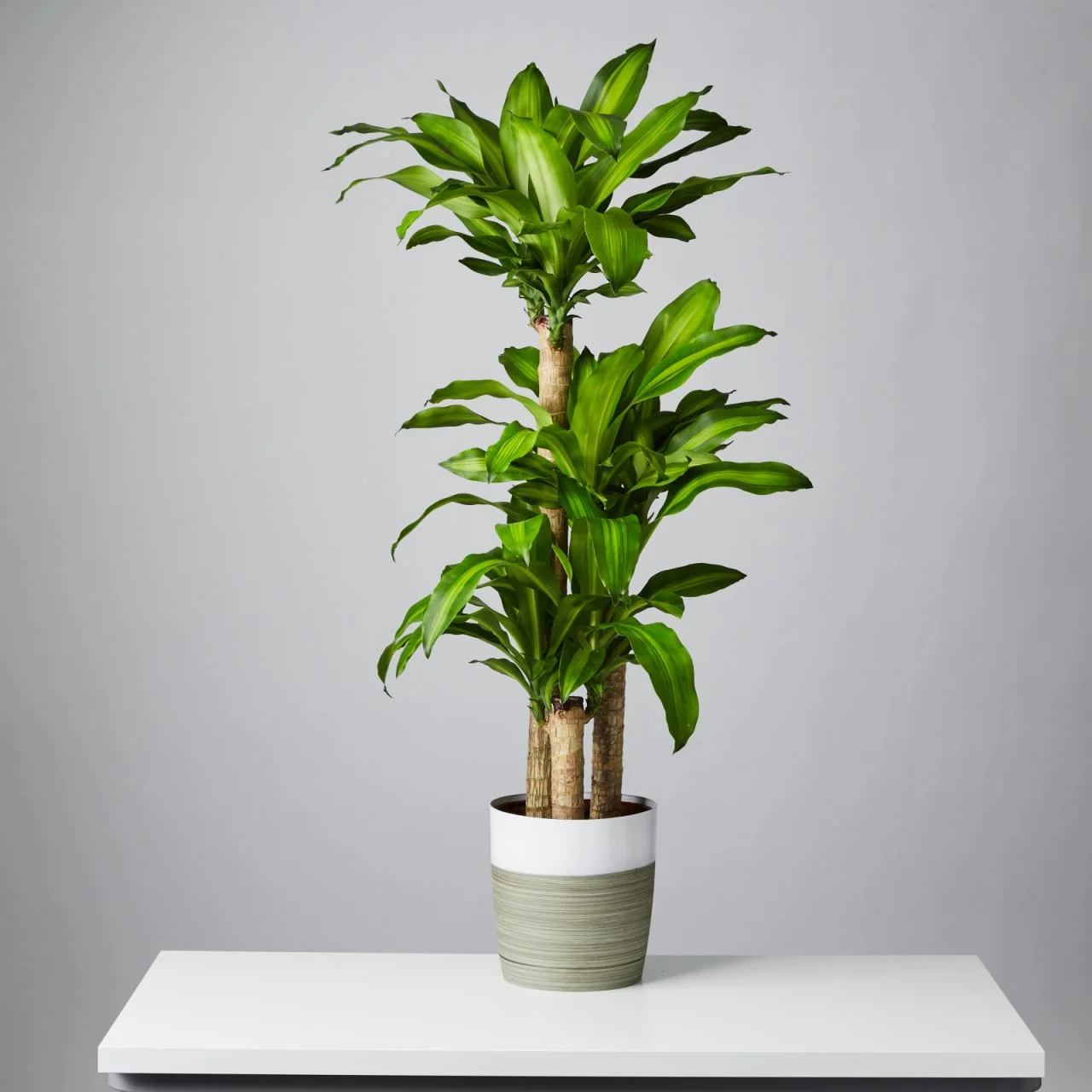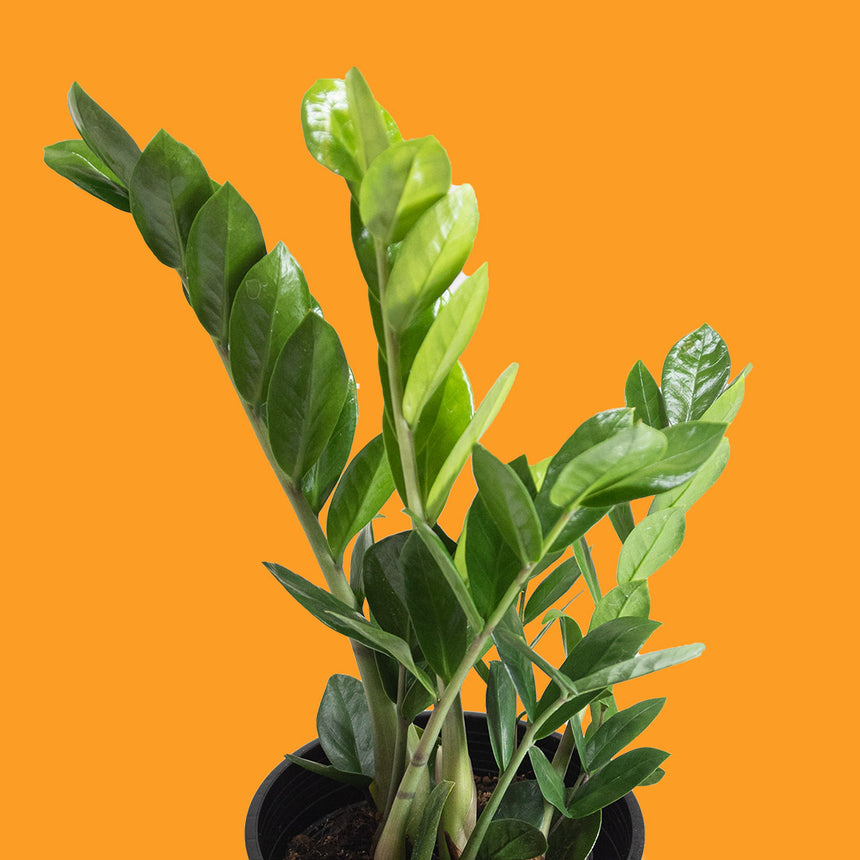Where to Place the Best Low-Light Indoor Plants in Your Home for Maximum Impact
Check Out the Unique Benefits of Low-Light Indoor Plants for Your Living Space
Integrating low-light indoor plants right into your living area offers a wide variety of advantages that extend much past mere appearances. These sturdy plants not only thrive in settings with limited sunshine yet also serve vital functions such as air filtration and moisture improvement. They can favorably affect your mood and total health while calling for marginal maintenance. As you consider the transformative capacity of these plants, it comes to be important to explore just how their unique qualities can customize your environment to better offer your lifestyle. What particular advantages might reverberate most with your personal area?
Air Filtration Benefits
Low-light interior plants not only boost the aesthetic appeal of living areas but additionally play a significant role in air purification. Research has demonstrated that certain plant types can effectively eliminate usual interior toxins, consisting of formaldehyde, benzene, and trichloroethylene. These compounds usually originate from house things such as furnishings, cleaning items, and structure products, adding to indoor air high quality concerns.
Plants such as the serpent plant, pothos, and tranquility lily are especially skilled at filtering system unsafe compounds from the air while thriving in low-light conditions. The process of phytoremediation, in which plants absorb and metabolize toxic substances, makes it possible for these types to add dramatically to a healthier indoor atmosphere. Additionally, through photosynthesis, plants launch oxygen, further improving air top quality.
Including low-light indoor plants right into office or home spaces not just offers aesthetic benefits however also works as a practical approach for improving air quality. By selecting the best varieties, people can create a setting that promotes wellness and reduces exposure to harmful pollutants, making these plants an essential component in contemporary interior living.

Mood Enhancement Results
Numerous studies have revealed that integrating indoor plants can dramatically boost mood and overall mental health. The presence of greenery in interior settings has been connected to reduced anxiety degrees, boosted feelings of peace, and improved emotional health and wellness. Low-light interior plants, particularly, grow in environments where natural light is restricted, making them best for different living areas.
Research suggests that interacting with plants can stimulate the release of serotonin, a neurotransmitter connected with sensations of joy and wellness. In addition, the act of looking after plants fosters a sense of responsibility and achievement, further adding to favorable mental wellness end results. Furthermore, low-light plants such as serpent plants, pothos, and peace lilies have actually been revealed to improve air quality, which is fundamentally linked to state of mind enhancement.
Including these plants right into your home or workplace can produce a tranquil atmosphere, supplying a visual and sensory retreat from the hustle and bustle of every day life - Best low-light indoor plants. As individuals spend increasing amounts of time indoors, the mood-enhancing results of low-light interior plants end up being a lot more vital, offering not only aesthetic appeal yet also an extensive influence on emotional wellness
Reduced Maintenance Needs
For those seeking to boost their indoor spaces without a considerable time dedication, low-light indoor plants are an optimal choice due to their low maintenance requirements. These resistant plants flourish in less-than-ideal illumination conditions, making them excellent for homes and offices where natural sunlight is restricted.

Pest resistance is one more advantage of low-light indoor plants. Lots of ranges are less vulnerable to typical insects, lowering the demand for continuous monitoring and treatment. Furthermore, these plants normally grow more gradually than their high-light counterparts, indicating less frequent repotting and pruning are required.
Aesthetic Allure and Flexibility

In addition, these plants can be arranged in myriad ways, whether in groups for a rich effect or as standalone features to attract the eye. The options of planter styles-- from smooth ceramic pots to rustic wooden containers-- further enhance their aesthetic value, permitting home owners to express their personal style.
Furthermore, low-light plants can be tactically placed in locations that might otherwise really feel disregarded, such as corners or poorly lit shelves, thereby maximizing their decorative capacity. Eventually, the combination of their striking look and adaptability makes low-light indoor plants an important addition to any home, creating a welcoming environment that promotes health and leisure.
Enhanced Moisture Levels
Enhancing interior moisture levels is among the substantial benefits of incorporating low-light interior plants into living spaces. These plants naturally launch dampness vapor with a process recognized as transpiration, which takes place when water soaked up by the roots moves via the plant and vaporizes from the fallen leaves. This procedure not just increases humidity but additionally contributes to a healthier indoor setting.
Enhanced moisture levels can alleviate various wellness problems, such as dry skin, respiratory system troubles, and allergies. Lots of individuals experience discomfort in arid indoor problems, specifically throughout winter season when heater remain in use. By strategically placing low-light Web Site plants throughout your home, you can produce a more well balanced moisture degree that cultivates total wellness.
In addition, particular low-light interior plants, like tranquility lilies and crawler plants, are specifically effective at raising humidity (Best low-light indoor plants). Hence, low-light indoor plants offer both aesthetic and functional objectives, promoting a much healthier environment.
Final Thought
In recap, low-light indoor plants offer many advantages that add to a much healthier and a lot more welcoming living area. Their ability to detoxify the air, improve state of mind, and enhance humidity levels underscores their worth as effective design elements. Furthermore, their low maintenance demands and visual adaptability make them appropriate for various atmospheres. Including these resistant plants into interior settings not Home Page just boosts the setting yet also advertises overall health, establishing a serene refuge for citizens.
Plants such as the serpent plant, pothos, and peace lily are specifically proficient at filtering system dangerous materials from the air while prospering in low-light problems. Low-light plants such as snake plants, pothos, and peace lilies have actually been revealed to enhance air high quality, which is intrinsically linked to state of mind improvement.
Low-light indoor plants, such as serpent plants, pothos, and ZZ plants, not only enhance the aesthetic landscape of a room but additionally present numerous textures and tones of green that can match diverse indoor designs. These plants normally release wetness vapor with a process known as transpiration, which takes place when water soaked up by the origins moves via the plant and vaporizes from the fallen leaves.Moreover, specific low-light indoor plants, like peace lilies and crawler plants, are especially effective at increasing moisture.